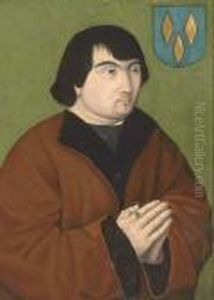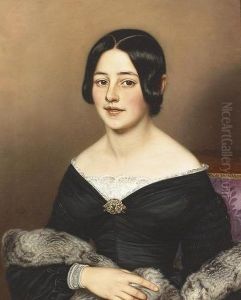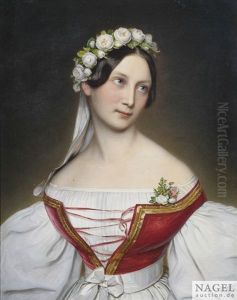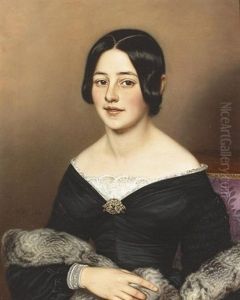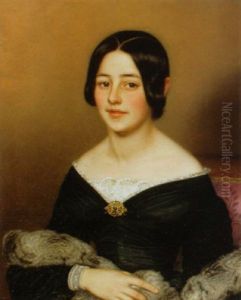Conrad Hitz Paintings
Conrad Hitz was a Swiss artist known for his contributions to painting and illustration during the 19th century. Born on November 28, 1828, in Zurich, Switzerland, Hitz grew up in a time when the art scene in Europe was undergoing significant changes, with movements such as Romanticism giving way to Realism and later Impressionism. Despite these shifts, Hitz developed a distinctive style that combined elements of realism with a keen eye for detail, particularly in his portrayal of landscapes and portraits.
Hitz received his initial artistic training in his native Switzerland before further honing his skills in various European art capitals, including Munich and Paris, which were pivotal in shaping his artistic direction. His education not only equipped him with technical prowess but also exposed him to a diverse range of artistic influences. This period was crucial for Hitz, as it allowed him to develop a versatile approach to painting, enabling him to capture the essence of his subjects with a remarkable degree of realism.
Throughout his career, Conrad Hitz exhibited a profound interest in the natural world, often choosing to paint landscapes that reflected the beauty and tranquility of the Swiss countryside. His landscapes are noted for their meticulous attention to detail and vibrant use of color, characteristics that made his work popular among art collectors and the public alike. In addition to landscapes, Hitz also excelled in portraiture, where his ability to capture the personality and inner life of his subjects was particularly admired.
Despite his success, Hitz remained deeply connected to his Swiss roots, and much of his work reflects his love for his homeland. He was an active member of the Swiss artistic community, contributing to the development of art in Switzerland through his participation in exhibitions and as a mentor to younger artists.
Conrad Hitz passed away on January 11, 1891, leaving behind a legacy that has continued to influence Swiss art. His works are preserved in various art collections and museums, testament to his enduring appeal and the timeless quality of his art. Hitz's contribution to the art world extends beyond his paintings; his dedication to capturing the beauty of the natural world and the essence of human character continues to inspire artists and art lovers alike.
